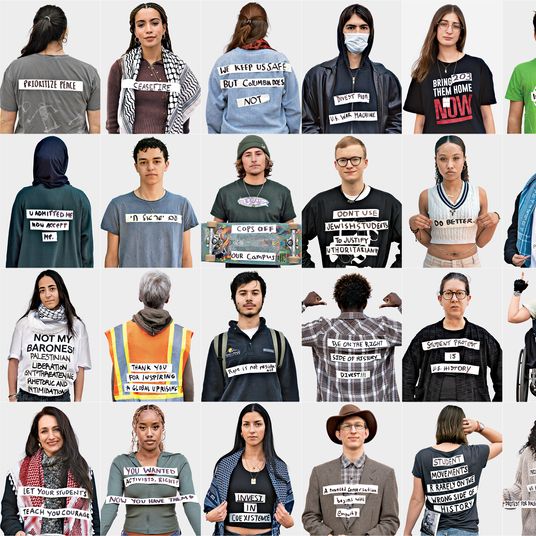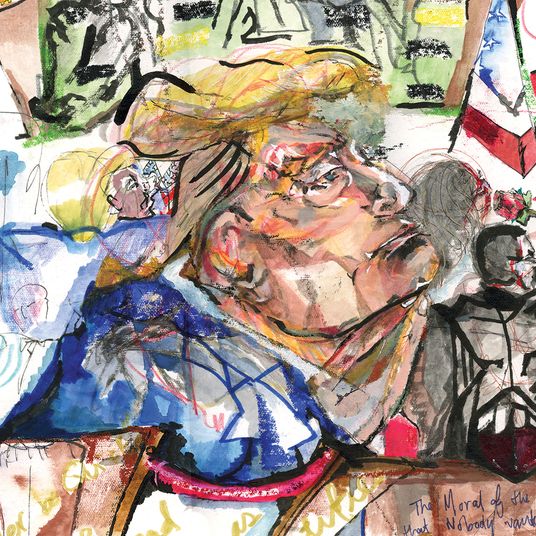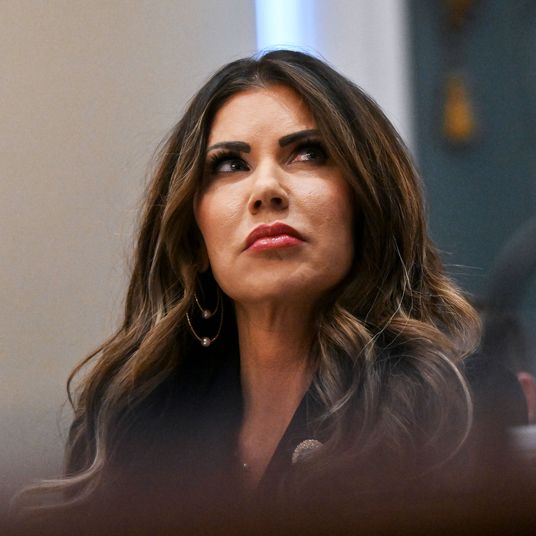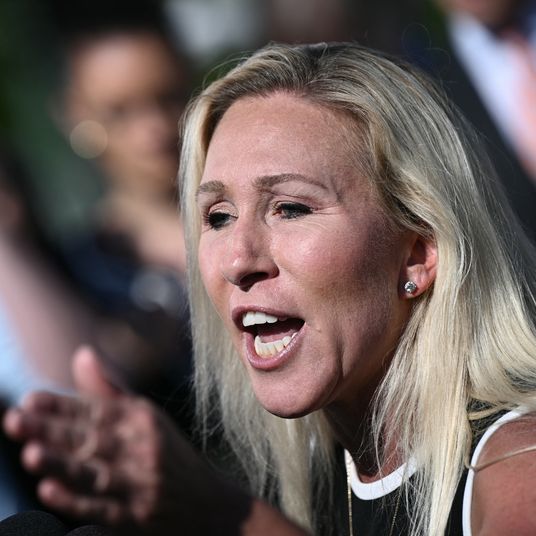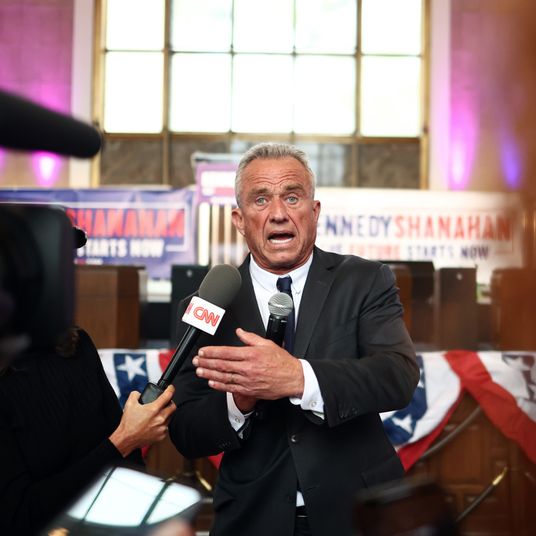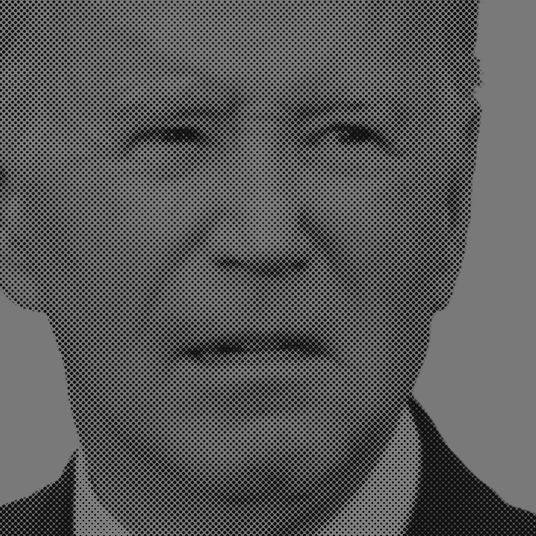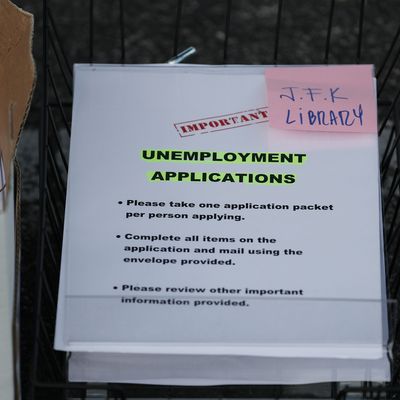
Less than two weeks after the program launched, the Paycheck Protection Program ran out of money. This was foreseeable: Eligibility for the program — which makes low-interest loans to businesses with fewer than 500 employees and forgives the loans if the employees are kept on payroll, effectively subsidizing their labor costs — is very broad. Before the law was passed, economists warned Congress that they would have to appropriate over a trillion dollars to meet demand for the loans offered under the program, but the final version of the CARES Act only included $349 billion for them, all of which has now been promised to applicants. As of Sunday, Republicans and Democrats in Washington were saying they were close to a deal to add hundreds of billions of dollars to the program sometime next week, along with funding for hospitals and for disaster loans to small businesses.
Since there is a backlog of approved PPP loans to be funded, the delay in raising the cap may not even have that large an effect on the speed with which funds are ultimately disbursed. But these news events — hitting the cap, followed by a legislative dispute about when and how to raise it — further increased the uncertainty that I was already hearing from small-business people who were seeking the funds about whether or when they would get them.
In conversations over the last two weeks, business owners I spoke with have mostly sounded optimistic about the program but unsure about when and whether they would get their money. This uncertainty isn’t just a problem for owners of businesses, because a central purpose of the program is to get those businesses to keep their employees on payroll. In many cases, businesses that have lost customers or closed operations face a choice: lay workers off and let them collect unemployment, which has been enhanced such that the average worker can collect about $1,000 a week in benefits, or keep them on the payroll in hopes of eventually getting a forgivable loan to defray payroll costs. The layoff route has the significant advantage of not requiring the business owner to advance money to workers in hopes of being reimbursed by the government later, so providing swift and certain PPP funding is important for the program to serve its intended purpose.
In fairness, the government had to put this thing together in just a few weeks. It did not have a good solution it could take off the shelf to provide payroll support to firms, so it came up with this structure that relies on the Small Business Administration to issue forgivable loans to businesses through private banks. Since the SBA already underwrites loans to small businesses and most businesses already have a relationship with a bank, this approach had the advantage of making use of existing infrastructure and personnel.
But many banks have been slow to process the loans, in part because they have felt confused by guidance they have gotten from the government about how to do so. And several applicants I spoke with over the last two weeks said their banks were backed up waiting for loan approvals from the SBA, which is not used to dealing with such a large volume of applications. In some cases, they weren’t able to get the loans from their usual banks — either because their usual banks were restricting PPP loans to existing lending customers or because their banks were not SBA lenders at all — and so they were having to scramble to find a new lender to make a loan at a time when lenders are inundated with PPP applications.
The Trump administration hasn’t disclosed how many of the promised loans have actually been funded, and the Washington Post said as of Thursday that indications from lenders and borrowers suggested the vast majority of loans had not been funded yet. One successful applicant, Kirsten Copeland, who owns a law office in Arizona, told me she submitted her PPP loan application to her bank on April 1, two days before banks were even able to begin processing the loans. Her bank, First Fidelity, told her the SBA had approved her loan on April 8, and the loan was funded on April 15, a two-week turnaround in total. David Howard, an accountant in Washington State, told me that four of his clients had applied for PPP loans and only one had been approved by this past Friday; that client had a 15-day turnaround from application to funding. Other applicants I spoke with were less fortunate and were still waiting for loan approval when the cap was hit.
The cap on the program encouraged everyone to apply at once, clogging the banks. While businesses theoretically had until June 30 to apply for the loans, they sensibly rushed to apply quickly before the money ran out. Of course, many firms also applied quickly because they are battered by the crisis and have acute cash needs, but some might have waited if the clock had not been ticking so loudly. The rush also created an advantage for firms that had existing relationships with banks that were good at processing the loans; eagerness and efficacy at moving these applications seems to have varied across banks, which receive an origination fee from the government in exchange for processing the loans.
There has been a lot of public attention on the fact that some large firms, such as Ruth’s Chris Steak House, have been able to get substantial PPP loans despite the ostensible small-business focus of the program. I think the criticism of such firms for participating is somewhat misplaced; the first two P’s in PPP stand for “paycheck protection,” and the best measure of the program is how much it helps workers, not which businesses it helps. The program should ideally focus on firms where forgivable loans make the difference between layoffs and employee retention, and labor-intensive businesses that have lost all or most of their customers, like restaurants and hotels, fit that bill whether they are large or small. This was the justification for letting chain restaurants and hotels participate in the program so long as they have fewer than 500 employees per location, and I think it was a sound one. I’d also note that two common leftward criticisms of the CARES Act — that it aims too much support at large businesses and that it should have been bolder, like programs in Britain and Denmark that have the government pay a large fraction of private payrolls — are in tension with each other.
However, financial support to Ruth’s Chris should not come at the expense of independent restaurants and other truly small businesses. The frustration of small-business owners and employees ending up in line behind firms with more-sophisticated financial operations and deep banking relationships, and seeing the program ran out of money before they can access it, is completely valid. This is why it was a mistake to set such a low cap and why it is important to raise the cap expeditiously, to raise it again when we get close to hitting it again, and to send strong public signals that the program will have the money it needs to fund loans to every qualified applicant.
While the CARES Act is a patchwork, the rocky start to PPP is actually showing us one of the benefits of a patchwork approach. The law’s PPP and enhanced-unemployment-benefits provisions together provide two ways to get cash from the government to a worker at a distressed business: financial support to help the business keep paying the worker or benefits after the worker is laid off. This belt-and-suspenders approach somewhat mitigates the negative effect on workers from the difficult start for PPP.
Of course, the unemployment-benefits prong of the CARES Act has had its own growing pains. Like the SBA, the state unemployment offices that are tasked with distributing these benefits are facing a drastically higher than normal volume of applications, and some states (hello, Florida) have had especially severe processing delays. It has also taken states some time to figure out how to administer a newly broadened unemployment program that covers self-employed people and those who quit jobs due to the crisis. New Yorkers started receiving their enhanced unemployment checks last week, and according to the Associated Press, at least 32 states were expecting to be able to pay the newly enhanced and expanded benefits by the end of last week. When states do get these enhanced benefits out the door, they are retroactive to the week that began March 29. And unlike PPP, spending on enhanced unemployment benefits is uncapped, so workers do not need to worry that the program will run out of money.
That all of these programs are taking some time to get money out the door is understandable and inevitable, I think. While the Federal Reserve has had some practice for the economic aspects of this crisis response, other agencies are learning to do new things at scale with speed in a way that has been mostly impressive. Consider the Treasury Department’s handling of $1,200 payments to most American adults — for all the coverage of the inclusion of the president’s name on physical checks, Treasury has been finding ways to issue most of the payments electronically and says it has already issued more than half the payments. The CARES Act is less than a month old; in 2008, it took until late April for the IRS to start sending out individual payments from a stimulus package that had been signed in late February.
Further relief will be needed, especially additional support for state and local governments that are losing huge amounts of tax revenue, so that government budget cuts do not exacerbate the economic recession. The PPP also will likely need to be replenished again, since it is likely to be expanded by only $300 billion. So even if Democrats do not get that government aid added to this package, there will have to be at least one more package, and they can seek to have it added to that one — which Congress will hopefully stay in town to negotiate.








